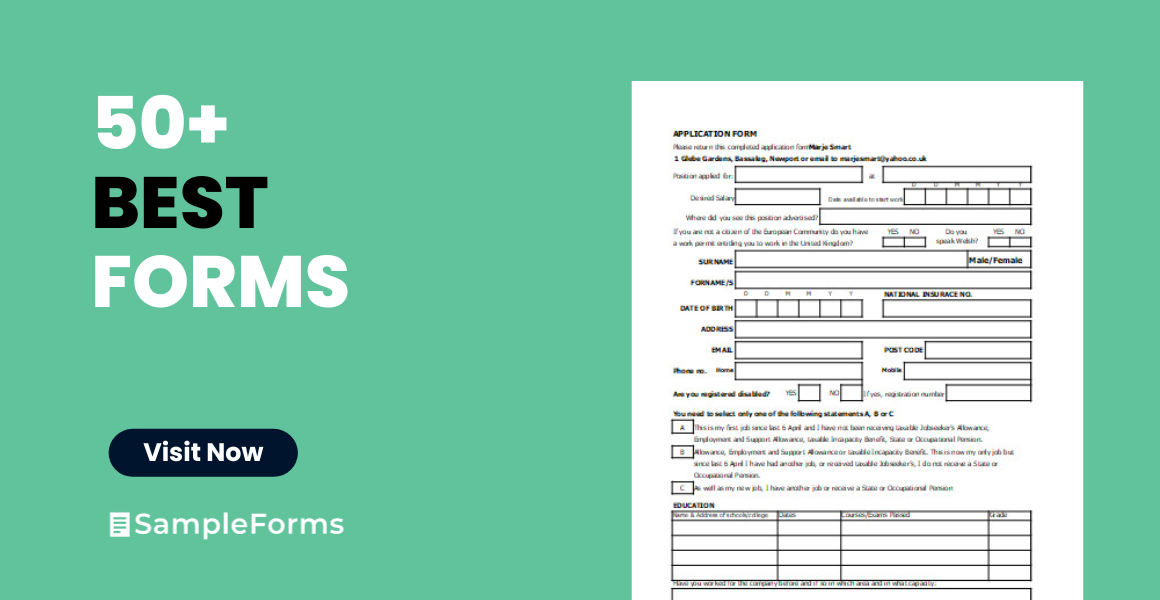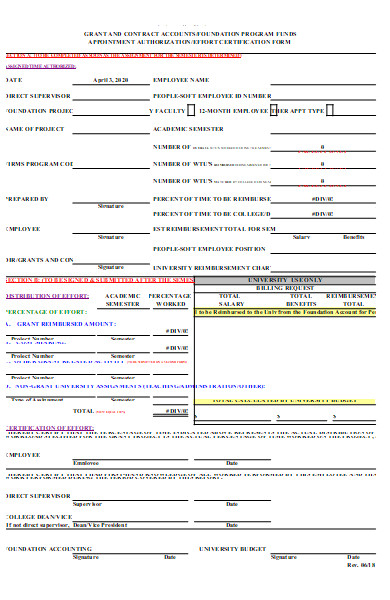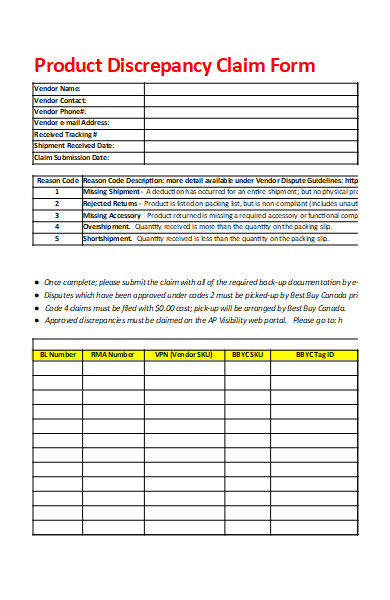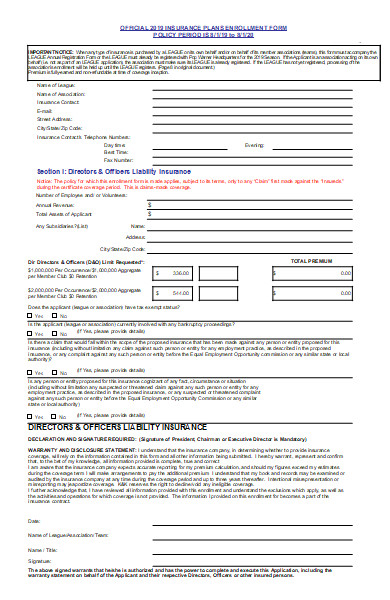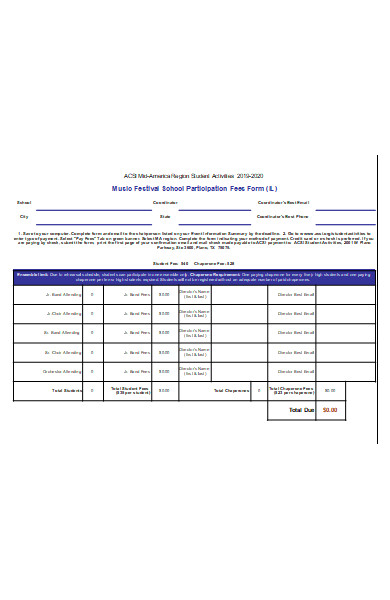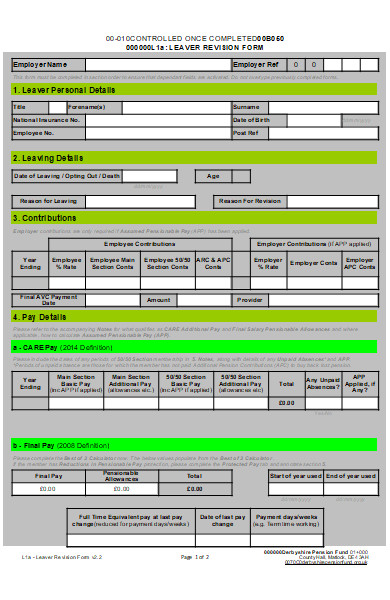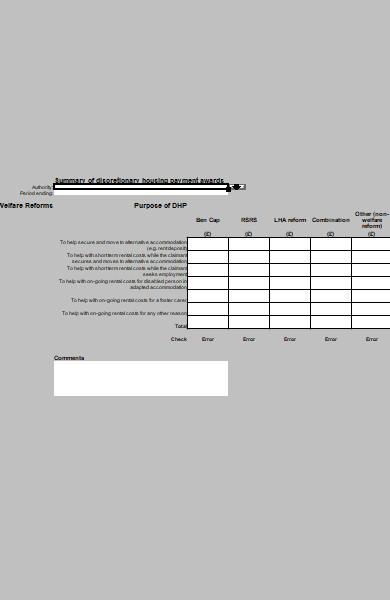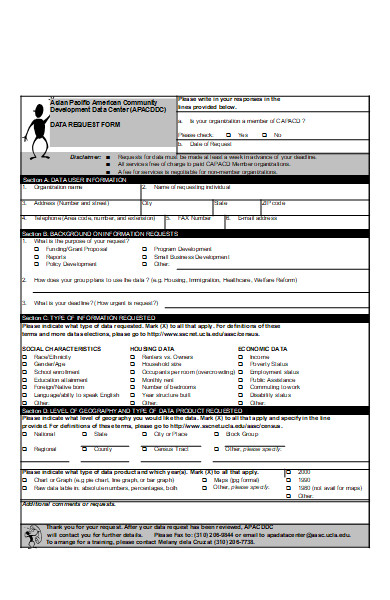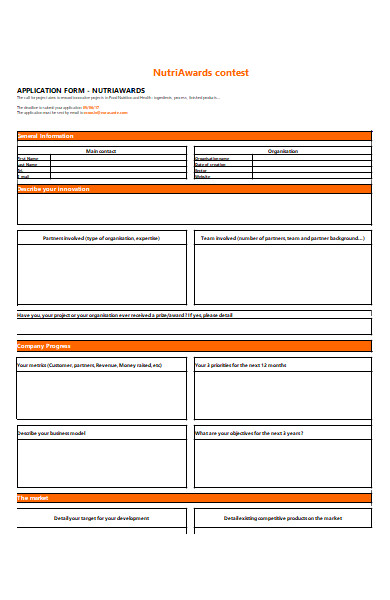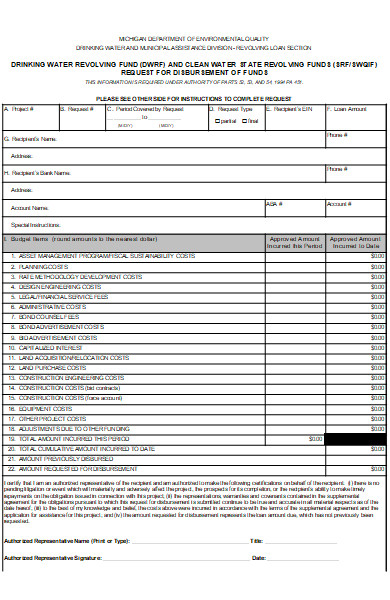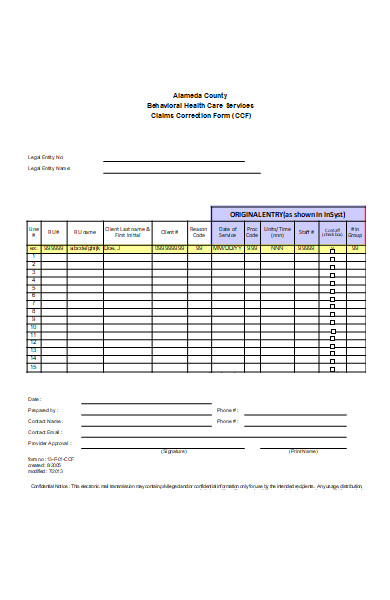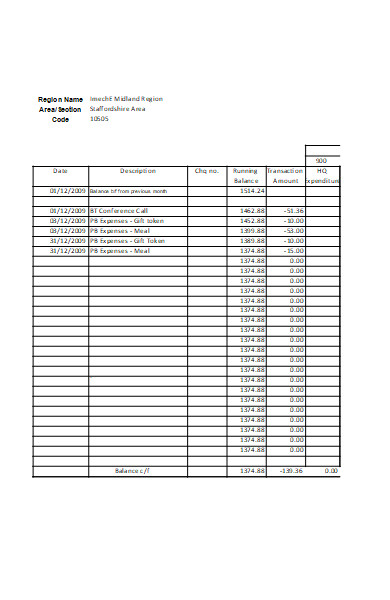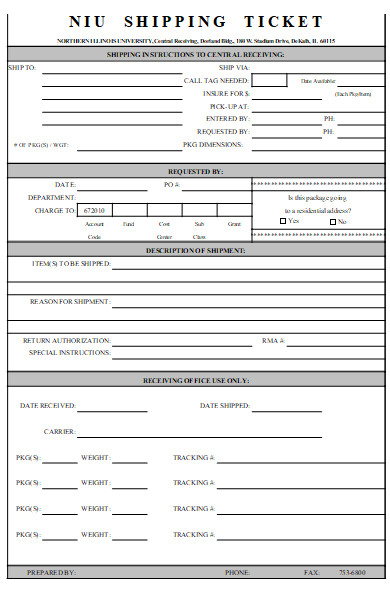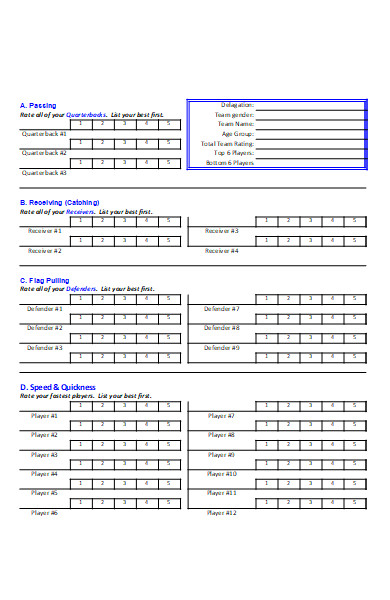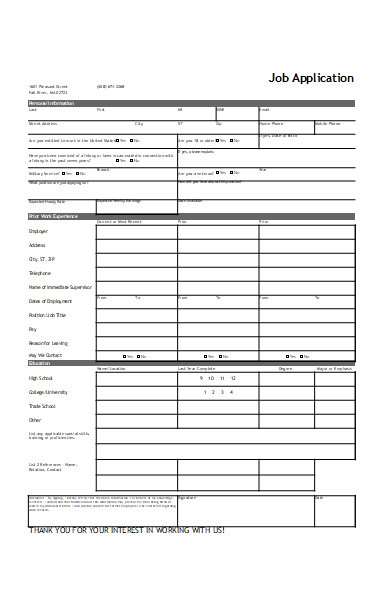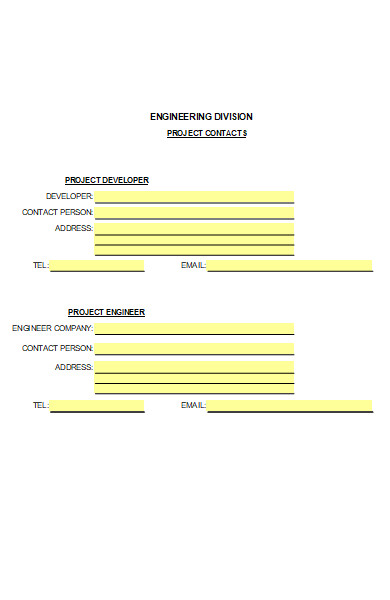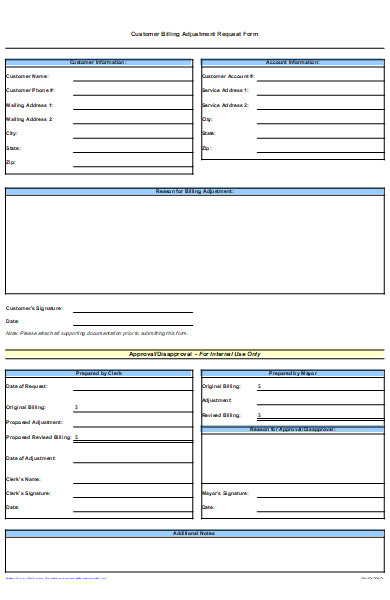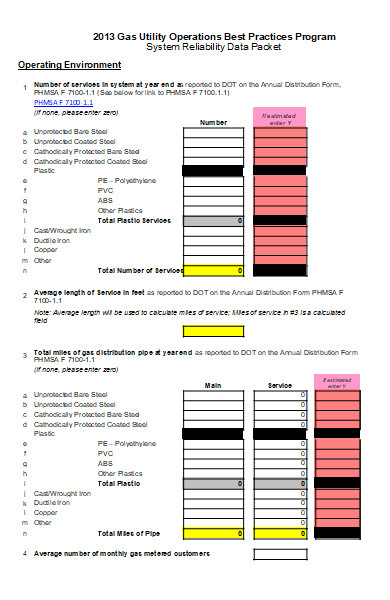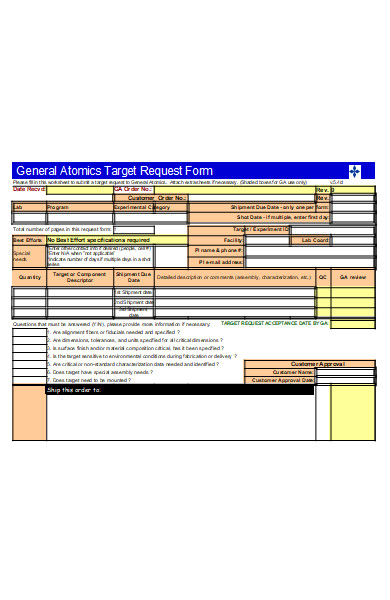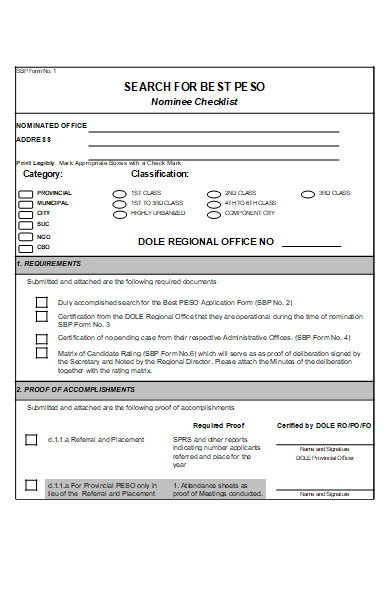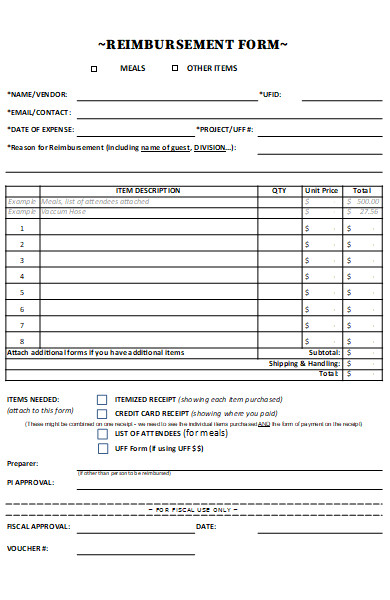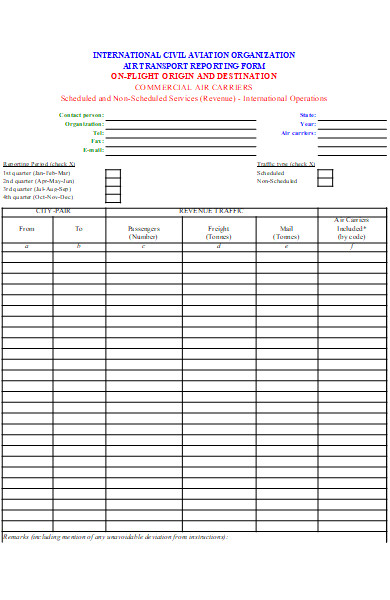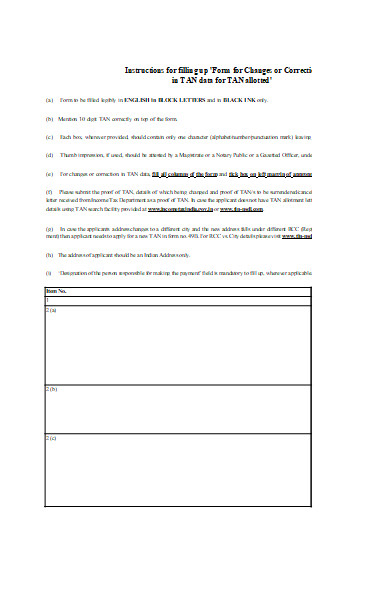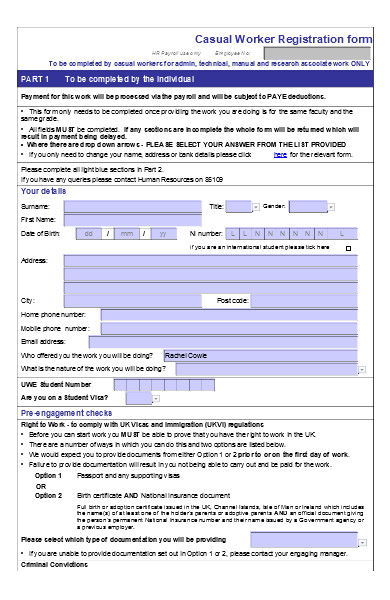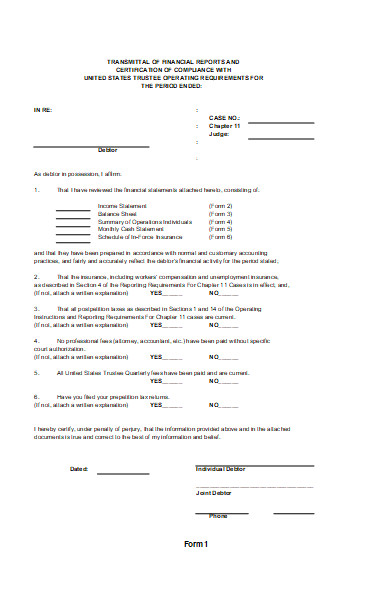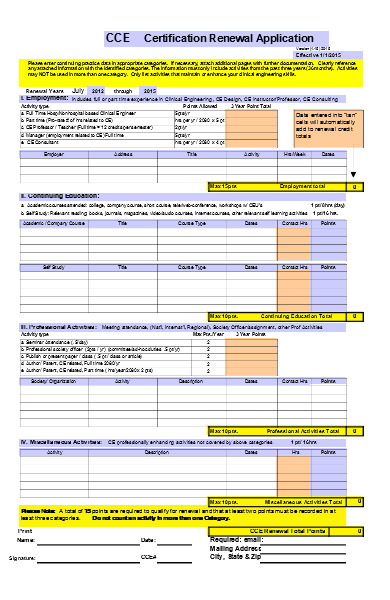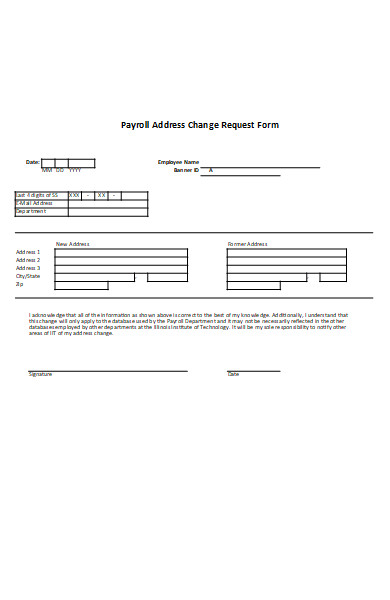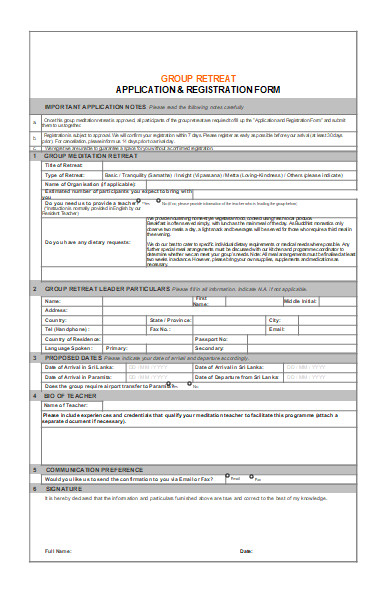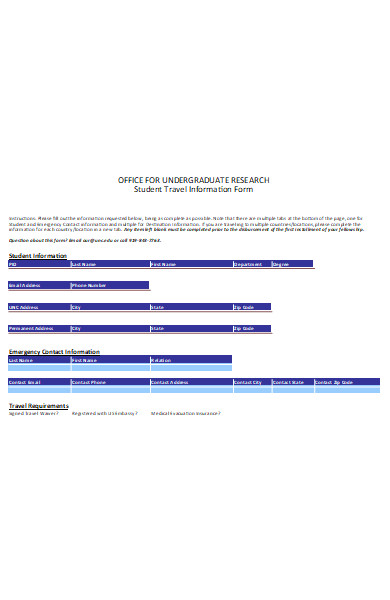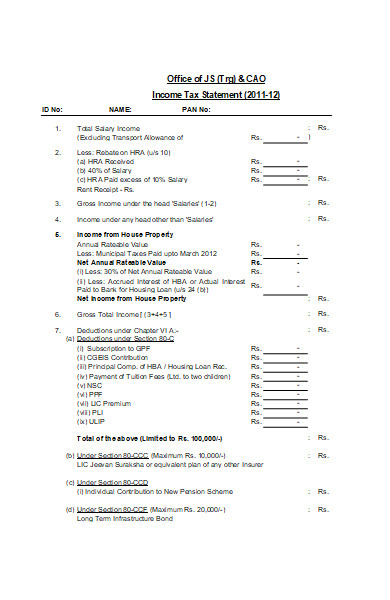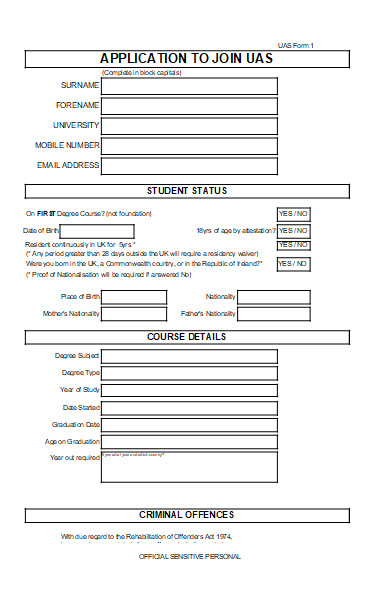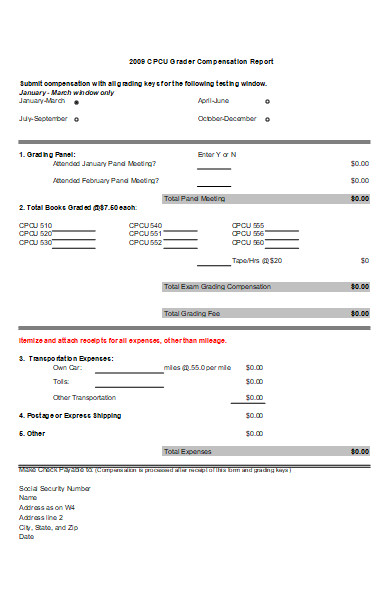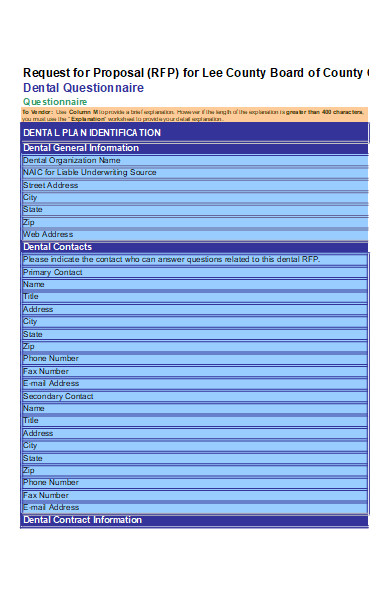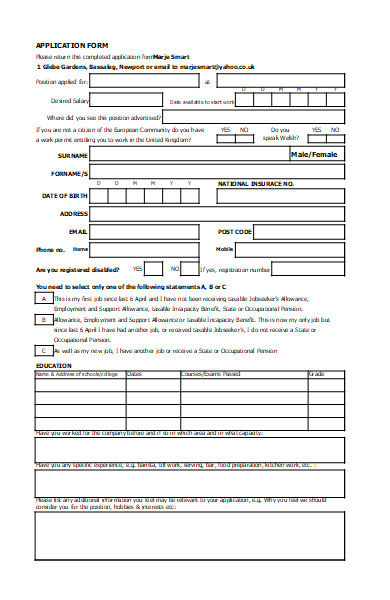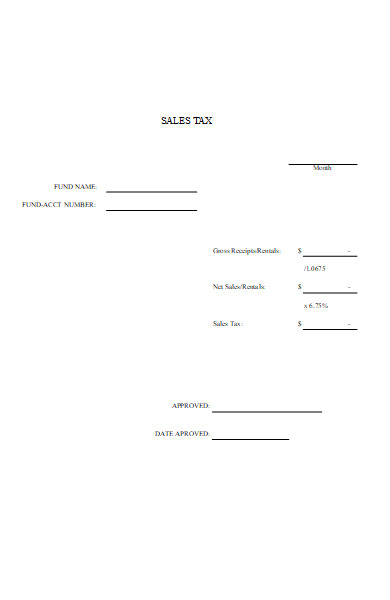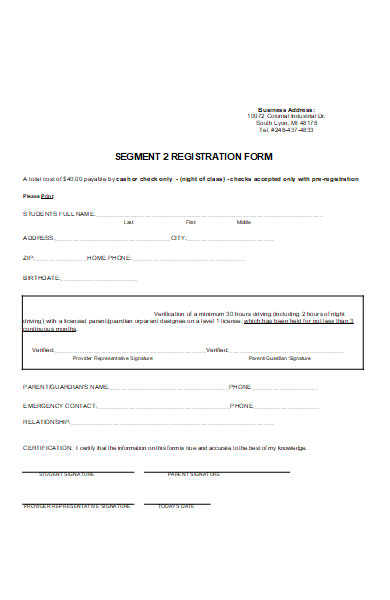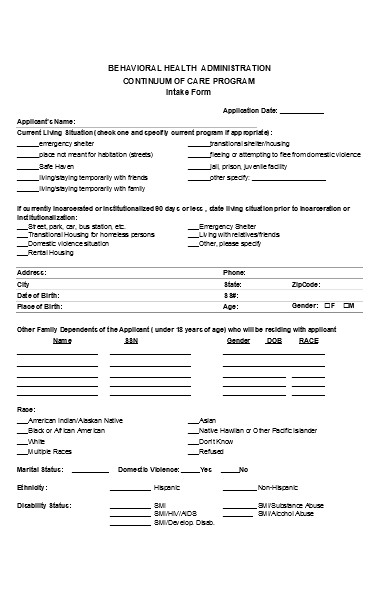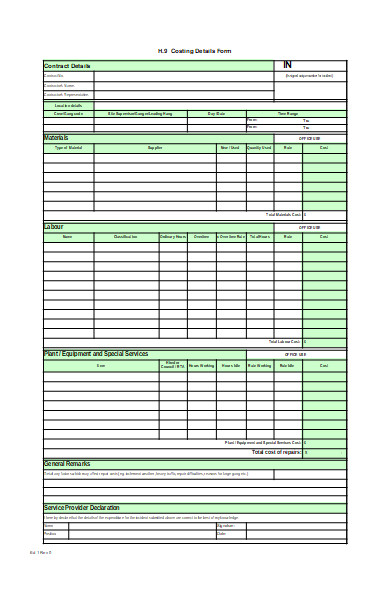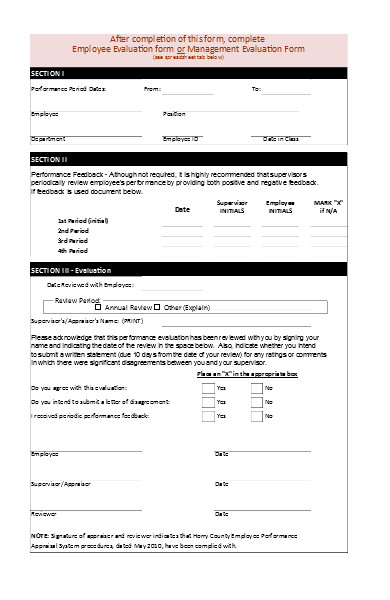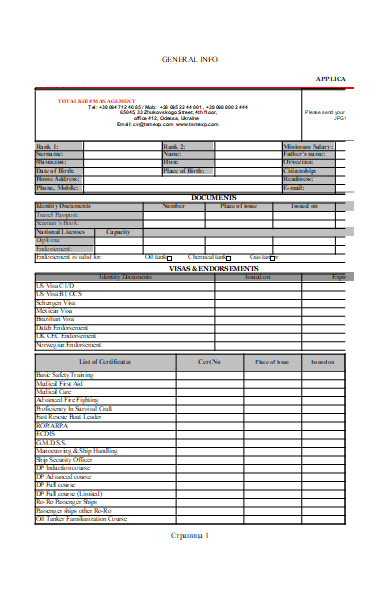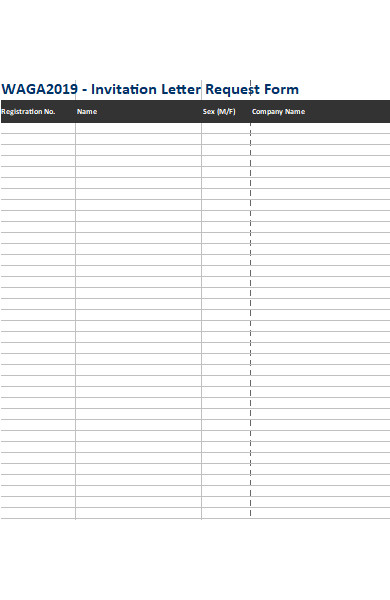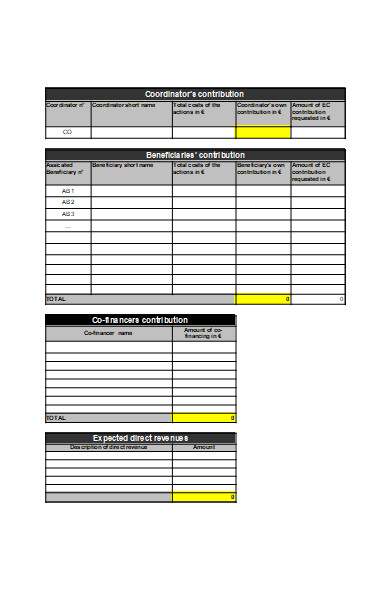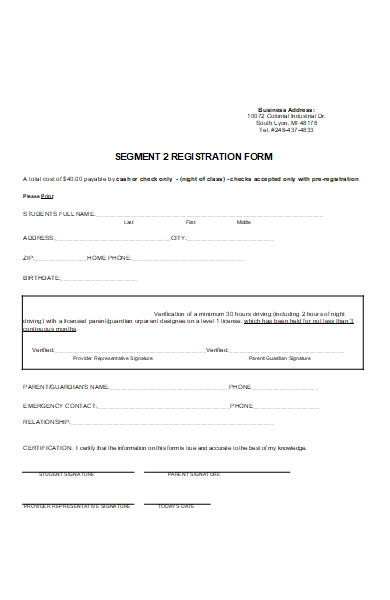In the realm of digital communication, a Best Form stands as the gold standard—a harmonious blend of aesthetics and functionality. It transcends mere design, encompassing a profound understanding of purpose and user experience. Join us as we explore the meaning and significance of the Best Form, delve into various types and real-world examples, uncover the art of creating one, and uncover invaluable tips for crafting digital content that truly excels. Welcome to the world of printable form perfection
What is the Best Form ? – Definition
The Best Form is a term used to describe an ideal representation of something, whether it’s a physical object, a concept, or a digital entity. It signifies the epitome of excellence, embodying characteristics such as optimal design, functionality, and user experience. The Best Form sets the standard for quality, representing a state of near-perfection in a given context, where all elements harmoniously come together to create an fillable form which is exceptional representation of that entity.
What is the Meaning of the Best Form?
The meaning of the Best Form lies in its representation of the highest level of quality and excellence in a specific context. It embodies the perfect blend of design, functionality, and user experience, setting a benchmark for what is considered outstanding within that context. Whether it pertains to physical objects, abstract concepts, or digital content, the Best Form signifies an ideal state where all elements come together to create something exceptional and highly regarded.
What is the Best Sample Best Form?
Here’s a step-by-step guide to creating the best sample Best Form
1. Define the Purpose
Clearly articulate the specific purpose of your Best Form. Understand what you aim to represent or communicate through this form.
2. Identify Key Elements
Identify the essential elements or attributes that should be present in your Best Form. These elements will depend on the context or subject matter of the form.
3. Research and Gather Data
Collect relevant data, information, or examples that support and enhance the representation of your Best Form. Thorough research is vital.
4. Design and Layout
Create a visually appealing and user-friendly design for your form. Ensure that it aligns with the purpose and context, making it easy for users to interact with.
5. Optimize Functionality
Ensure that your Best Form functions seamlessly, whether it’s a physical object, a concept, or a digital entity. It should serve its intended purpose effectively.
6. User Experience (UX) Considerations
Prioritize the user experience. Make the form easy to understand, navigate, and interact with. Eliminate potential obstacles or confusion.
7. Review and Refine
Thoroughly review your Best Form, refining any aspects that may not align with the desired standard of excellence.
8. Testing and Feedback
Test the form with a representative audience or stakeholders. Collect feedback and make necessary adjustments to enhance its quality.
9. Finalize and Publish
Once you are satisfied with the form’s quality and effectiveness, finalize it and make it available to your intended audience.
10. Continuous Improvement
Recognize that the pursuit of the Best Form is an ongoing process. Continuously seek opportunities for improvement and refinement to maintain excellence.
11. Documentation
Document the creation process, design decisions, and any unique attributes of your Best Form. This documentation can serve as a valuable reference for future projects or for sharing insights with others.
12. Feedback Loop
Establish a feedback loop for users or stakeholders to provide input and suggestions for ongoing improvements. Regularly assess the form’s performance and gather feedback to adapt to changing needs and expectations.
13. Benchmarking
Compare your Best Form against industry or context-specific benchmarks to ensure that it continues to represent the highest quality and relevance.
14. Adaptation
Be prepared to adapt your Best Form as circumstances, technology, or user preferences change. This flexibility ensures that it remains a relevant and outstanding representation over time.
15. Promote Excellence
Encourage a culture of excellence within your organization or community. Share the insights gained from creating the Best Form to inspire others to strive for quality and perfection in their work.
Creating the Best Form is an ongoing commitment to excellence and a continuous journey toward achieving the highest standard within a given context or field. It requires dedication, refinement, and a commitment to providing the best possible representation, whatever that may be. You also browse our Information Request Forms.
FREE 50+ Best Forms
51. Contractor Form
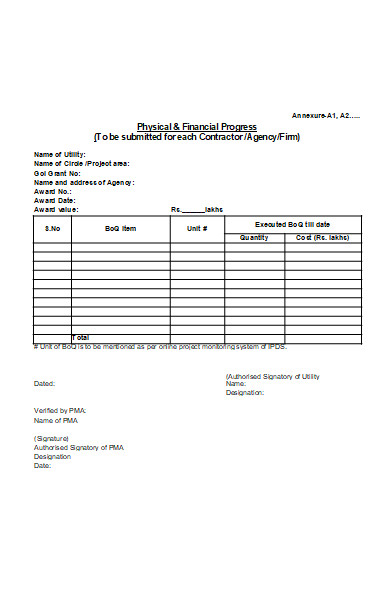
What Program is Best for Forms?
Choosing the Best Program for Forms
When it comes to selecting the right program for creating forms, you have several excellent options to consider. The choice depends on your specific needs and preferences. Here are some popular programs for creating forms:
Microsoft Forms
Microsoft Forms is a versatile tool, especially if you’re part of the Microsoft 365 ecosystem. It offers seamless integration with other Microsoft applications, making it convenient for business and educational use. You can create various types of forms, including surveys and quizzes, and collect responses efficiently. It provides built-in analytics to help you analyze data, making it a powerful choice for organizations.
Google Forms
Google Forms is a user-friendly and entirely cloud-based option. It’s accessible to anyone with a Google account and offers a straightforward interface for form creation. You can create surveys, questionnaires, and more, with options for multiple choice, checkboxes, and open-ended questions. Google Forms also allows easy collaboration, real-time responses, and integration with Google Sheets for data storage and analysis.
JotForm
JotForm is a versatile third-party form builder that provides extensive customization options. It’s an excellent choice if you want to create forms with a high degree of design flexibility. JotForm allows integration with various apps and platforms, making it suitable for different business needs.
Adobe Acrobat Pro
For more sophisticated forms, Adobe Acrobat Pro is a powerful tool. It enables you to create interactive PDF forms with features like digital signatures, calculations, and data validation. This is especially useful for industries requiring complex and secure forms, such as legal or financial institutions.
Formstack
Formstack is another form builder designed for business use. It provides a range of templates and integrations with popular apps, allowing you to create forms for lead generation, customer feedback form, and more. It offers advanced features such as A/B testing and analytics to optimize your forms.
Ultimately, the best program for forms depends on your specific requirements, including the level of customization, integration with other tools, and your familiarity with the platform. Consider your unique needs and the features that matter most to you when making your choice.
Differentiate HTML forms, Microsoft Forms, and Google Forms by outlining their unique features and capabilities?
Here’s a comparison table outlining the unique features and capabilities of HTML forms, Microsoft Forms, and Google Forms:
| Feature/Capability | HTML Forms | Microsoft Forms | Google Forms |
|---|---|---|---|
| Platform | Web-based, customizable | Microsoft 365 integration | Cloud-based, accessible |
| Design Flexibility | Highly customizable | Limited design options | Intuitive, user-friendly |
| Data Collection | Basic input fields | Versatile question types | Diverse question formats |
| Collaboration | Manual data handling | Real-time collaboration | Real-time collaboration |
| Templates | Create from scratch | Use existing templates | Use ready-made templates |
| Integrations | Depends on web development | Seamless with Microsoft apps | Integrates with Google apps |
| Data Analysis | Requires additional tools | Built-in analytics and insights | Basic data analysis |
| Accessibility | Accessibility dependent | Microsoft 365 accessibility | Google accessibility tools |
| File Uploads | Possible, but manual | Supported for specific plans | Supported |
| Cost | Free | Part of Microsoft 365 suite | Free |
This table provides an overview of the unique characteristics of each blank form creation platform, helping you make informed choices based on your specific needs.
What elements or criteria define a Best Form?
The elements and criteria that define a Best Form are crucial in setting it apart as a paragon of quality and excellence within its context. Here are key factors that contribute to a Best Form:
- Purpose Clarity: A Best Form serves a clear and defined purpose, ensuring that users understand its intent and how to engage with it effectively.
- User-Centered Design: It prioritizes user experience (UX) with an intuitive layout, making it easy for users to navigate and interact with.
- Data Relevance: The form collects data that is relevant to its purpose, ensuring that each field or question contributes to the desired outcome.
- Compliance: A Best Form adheres to industry or regulatory standards, ensuring that it meets legal and ethical requirements.
- Accessibility: It is designed to be accessible to all, considering the needs of individuals with disabilities and diverse user groups.
- Consistency: The form maintains consistency in its design, language, and formatting to create a unified user experience.
- Efficiency: It streamlines the submission process, reducing user effort and minimizing errors.
- Data Security: A Best Form employs measures to protect user data, especially in digital forms, ensuring that sensitive information remains secure.
- Feedback Mechanism: It may include options for users to provide feedback or seek assistance during the form-filling process.
- Continuous Improvement: The form undergoes regular reviews and updates to adapt to changing needs and technology, ensuring it remains at the peak of excellence.
These elements collectively define a Best Form, setting it apart as an exceptional representation within its specific context or field. You also browse our Best Sample Request Forms.
What is the best program to make an order form?
The best program to create an order form depends on your specific needs and preferences. Here are a few popular options for making order forms:
- Microsoft Excel: Microsoft Excel is a versatile tool that allows you to create order forms with spreadsheet capabilities. It’s a good choice if you want a customizable and familiar interface for managing orders.
- Google Sheets: Google Sheets is a cloud-based alternative to Excel, offering collaboration features that allow multiple users to work on the same order form simultaneously. It’s accessible from any device with internet access.
- Online Form Builders: Consider online form builders like JotForm, Wufoo, or Typeform. These platforms offer customizable templates for order forms and allow you to collect orders securely online.
- E-commerce Platforms: If you’re running an online store, e-commerce platforms like Shopify, WooCommerce, or BigCommerce offer built-in order form creation tools, making it easy to manage orders and payments.
- Custom Web Development: For highly customized and integrated order forms, you might consider developing a custom solution with the help of web developers. This option offers full control over the form’s design and functionality.
The choice of the best program depends on factors such as the complexity of your order form, the scale of your business, and your familiarity with the platform. Consider these factors to select the program that best suits your specific order form needs.
What is the primary purpose of Best Forms?
The primary purpose of Best Forms is to serve as exceptional tools for gathering information, facilitating processes, and ensuring an outstanding user experience within a specific context or field. These forms are designed to set the standard for excellence by seamlessly aligning design, functionality, and user-friendliness. They aim to optimize data collection, improve user interactions, and fulfill their intended purpose with a level of quality that goes beyond ordinary action forms. Whether for business, education, or various other domains, Best Forms strive to represent the epitome of form perfection.
How do I go about filling out a Best Form accurately and efficiently?
Filling out a Best Form accurately and efficiently involves a systematic approach. Here are the steps to help you achieve this:
Step 1: Read Instructions Carefully
- Begin by thoroughly reading any provided instructions or guidelines. Understand the purpose and specific requirements of the Best Form.
Step 2: Gather Required Information
- Collect all the information and documents you need to complete the form. This may include personal details, supporting documents, or reference materials.
Step 3: Organize Your Data
- Arrange your information in an orderly manner to ensure you don’t miss any crucial details when filling out the form.
Step 4: Use Legible Handwriting
- If filling out a paper form, write legibly and in a clear, readable manner. Use black or blue ink and avoid any stray marks or overwriting.
Step 5: Digital Form Filling
- If filling out an electronic form, type your information directly into the designated fields. Ensure you use the correct format, such as dates, phone numbers, or email addresses.
Step 6: Verify Accuracy
- Double-check the data you’ve entered to ensure accuracy. Pay attention to names, numbers, and other vital information.
Step 7: Complete All Required Fields
- Ensure that you’ve filled out all the mandatory fields on the form. Missing information can delay the process.
Step 8: Review and Proofread
- Review the entire form for errors or omissions. Proofread for grammar, spelling, and formatting issues.
Step 9: Seek Clarification
- If you encounter any unclear or ambiguous questions, seek clarification from the form’s provider or relevant authorities.
Step 10: Consult Supporting Documents
- Attach any required supporting documents, ensuring they are properly labeled and organized.
Step 11: Follow Submission Instructions
- If there are specific instructions for submitting the form, adhere to them precisely. This may include submission deadlines, delivery methods, or required signatures.
Step 12: Keep a Copy
- Make a copy of the completed form for your records. This can be valuable for reference or in case of any disputes.
Step 13: Confirm Receipt
- If possible, confirm that the recipient has received your form. This is especially important for critical applications.
Step 14: Follow Up
- Keep track of the status of your form, and if necessary, follow up with the relevant authorities or organizations to ensure its processing.
By following these steps, you can fill out a Best Form accurately and efficiently, helping to ensure a smooth and successful process. You should also take a look at our Best Assessment Forms.
What steps are involved in submitting a completed Best Form?
Submitting a completed Best Form involves several steps to ensure the process is smooth and successful. Here’s a guide:
Step 1: Review Your Form
- Before submission, review the completed form to ensure that all information is accurate and complete.
Step 2: Make Copies
- Create copies or digital backups of the completed form for your records. This is important for reference and potential disputes.
Step 3: Attach Supporting Documents
- If your Best Form requires supporting documents, ensure they are correctly attached, labeled, and organized.
Step 4: Verify Submission Method
- Confirm the designated submission method, whether it’s in person, by mail, or electronically. Be aware of any specific requirements.
Step 5: Submit Within Deadlines
- If there are submission deadlines, ensure you submit the form within the specified timeframe. Late submissions may lead to delays or rejection.
Step 6: Ensure Secure Transmission
- If submitting electronically, ensure that your data and documents are transmitted securely. Use encryption and secure channels if required.
Step 7: Confirm Receipt
- After submission, consider confirming that the recipient has received your form. This can be essential for tracking the process.
Step 8: Keep Records
- Maintain records of your submission, including any acknowledgment receipts, emails, or other correspondence.
Step 9: Follow Up
- If there’s a delay or if you haven’t received a response within the expected timeframe, consider following up with the relevant authorities or organization.
Step 10: Be Prepared for Feedback
- Be prepared to respond to any feedback or requests for additional information that may come after the submission.
By following these steps, you can ensure that your completed Best Form is submitted effectively and that you are well-prepared for the subsequent stages in the process. Our Sample Application Forms is also worth a look at
How to Create the Best Form? – a Step by Step Guide
Creating the Best Form requires careful planning and attention to detail. Here’s a step-by-step guide to help you craft a top-notch form:
Step 1: Define the Purpose
- Clearly outline the purpose of your form. Understand what information you need to collect and what the form aims to achieve.
Step 2: Identify Key Elements
- Determine the essential elements, questions, and fields that your form should include to serve its purpose effectively.
Step 3: Organize Questions
- Structure your questions logically, ensuring a smooth flow from start to finish. Use headings or sections to group related questions.
Step 4: Choose the Right Question Types
- Select appropriate question types, such as multiple-choice, open-ended, or dropdowns, based on the nature of the information you’re collecting.
Step 5: Design the Form Layout
- Create an organized and visually appealing layout with sufficient spacing and clear fonts. Ensure that the design aligns with the form’s purpose.
Step 6: Optimize for User Experience
- Prioritize user-friendliness. Use clear language and instructions. Consider accessibility for all potential users, including those with disabilities.
Step 7: Set Required Fields Sparingly
- Mark only essential fields as required to minimize barriers for users. Avoid making every field mandatory unless necessary.
Step 8: Include Instructions and Tooltips
- Provide clear and concise instructions for each section or field. Use tooltips for complex questions or guidance.
Step 9: Guidance for Supporting Documents
- Explain what supporting documents or information should be attached, if applicable, and provide guidance on formats and size limits.
Step 10: Implement Validation and Error Messages
- Set up validation checks to ensure data is entered correctly. Display clear error messages with guidance on how to correct mistakes.
Step 11: Test the Form
- Conduct thorough testing with a diverse group of users to identify and resolve usability issues. Make improvements based on feedback.
Step 12: Accessibility Considerations
- Ensure that your form is accessible to all users, providing alternatives for visual content and ensuring smooth keyboard navigation.
Step 13: Mobile Optimization
- Make the form responsive and user-friendly on mobile devices, as many users access forms from smartphones and tablets.
Step 14: Security Measures
- Implement security measures, especially for online forms, to protect user data. Use encryption for sensitive information.
Step 15: Provide Multiple Payment Options
- If applicable, offer various payment options for online forms, such as credit card, electronic transfers, or other payment gateways.
Step 16: Offer Legal Disclosures and Agreements
- Include any necessary legal disclosures, terms, or agreements and make them clear and easily accessible. Allow users to acknowledge and agree to terms.
Step 17: Contact Information
- Include contact details for questions or assistance, offering multiple communication channels, such as email, phone, or a dedicated support portal.
Step 18: Regular Updates
- Review and update the form regularly to ensure it reflects current regulations and best practices. Notify users of any updates or changes.
Step 19: Promotion and Accessibility
- Ensure that your form is easily accessible to potential users. Promote it through your website, social media, government offices, and other relevant channels.
By following these steps, you can create a Best Form that not only simplifies the application process but also enhances the user experience, increasing the likelihood of accurate and complete submissions. In addition, you should review our Best Release Forms.
Tips for creating an Effective Best Form
Creating an effective Best Form requires attention to detail and a user-centric approach. Here are some valuable tips to help you craft a highly efficient form:
Clearly Define the Purpose:
- Start by clearly defining the form’s purpose and what you intend to achieve with it. Understanding the objective is the foundation for a well-crafted form.
Minimalistic Design:
- Keep the design clean and clutter-free. Avoid unnecessary elements, graphics, or distractions that can confuse or overwhelm users.
Logical Flow:
- Organize questions in a logical order. Ensure that questions progress naturally, guiding users through the form with a clear flow.
User-Friendly Language:
- Use simple and user-friendly language. Avoid jargon and complex terminology. Instructions and questions should be easily understood by your target audience.
Mobile Optimization:
- Design your form to be responsive and mobile-friendly. Many users access forms on smartphones and tablets, so it should display well on various screen sizes.
Accessibility:
- Ensure the form is accessible to all users, including those with disabilities. Use alternative text for images, provide keyboard navigation, and use high-contrast colors.
Clear Instructions:
- Provide clear and concise instructions for each section or question. Users should know what is expected of them and how to answer each question.
Progress Indicators:
- If your form is lengthy, include progress indicators to show users how far they’ve come and how much is left.
Validation and Error Handling:
- Implement validation checks to ensure data accuracy. Display clear error messages when users make mistakes and guide them on how to correct errors.
Confirmation Page:
- After submission, provide users with a confirmation page or message to acknowledge that their form has been received. Include relevant contact information in case of questions.
Data Privacy:
- Include a data privacy statement to inform users about how their information will be used, stored, and protected.
Consistent Design Elements:
- Maintain consistency in design elements like fonts, colors, and buttons. This creates a unified user experience.
Usability Testing:
- Conduct usability testing with a diverse group of users to identify any issues and gather feedback for improvements.
Regular Updates:
- Periodically review and update the form to keep it aligned with changing regulations and user needs. Notify users of any updates.
Security Measures:
- If your form collects sensitive information, implement robust security measures to protect user data, such as encryption and secure server connections.
Feedback Mechanism:
- Allow users to provide feedback or ask questions within the form. Ensure that you have a responsive system for addressing user concerns.
User Education:
- Provide educational content or guidance if the form deals with complex or unfamiliar topics. Users should feel supported in filling out the form.
Customization Options:
- If applicable, provide customization options for users to tailor the form to their specific needs.
By following these tips, you can create an effective Best Form that not only streamlines the submission process but also enhances the overall user experience.
In conclusion, a Best Form represents the epitome of form design excellence, aimed at efficiently collecting information while ensuring a user-friendly experience. It serves a clear purpose, features minimalistic design, and prioritizes accessibility and security. Through logical flow, clear language, and mobile optimization, it simplifies the process for users. Regular updates and a commitment to data privacy underline its effectiveness in fulfilling its intended objectives across various contexts and industries. You may also be interested to browse through our other information forms and application form.
Related Posts Here
-
FREE 12+ Sample Bill of Sales in PDF | Excel | MS Word
-
Contract Addendum Form
-
FREE 37+ Sample Claim Forms in PDF | Excel | MS Word
-
Report Form
-
FREE 49+ Budget Forms in PDF | MS Word | Excel
-
Profile Form
-
Menu Form
-
Event Planner Form
-
FREE 16+ Ticket Order Forms in PDF | MS Word | Excel
-
Employee Dress Code Policy Form
-
Rental History Form
-
Advertising Contract Form
-
Service Agreement Form
-
Income Statement Form
-
Accident Statement Form
